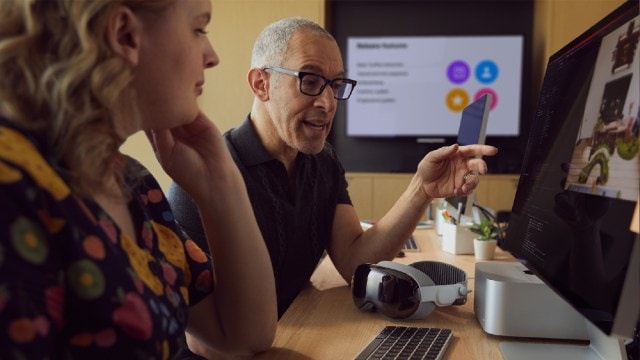Apple’s Vision Pro could get more people introduced to the world of VR – some very familiar ideas but implemented in such a way that gives a realistic view of what is there and what’s about to come.
There is excitement and skepticism surrounding Apple Vision Pro, the tech giant’s first new product in over a decade. With the mixed-reality headset going on sale on February 2, Apple will be judged on how developers respond to the $3,500 device and whether those developers see potential in creating apps for the Vision Pro. The headset is launching at a crucial time when Cupertino is under pressure to look beyond the iPhone and open new avenues of growth. Critics are watching to see how Apple’s gamble with immersive experiences pays off.
But more than technology, it is user behaviour that will decide whether Apple’s Vision Pro is a success or not. History shows that tech companies have had trouble mainstreaming face computers on the lines of smartphones and PCs. Much of the problem lies in getting average people to get used to a headset that is bulky and looks weird when strapped onto their face.

The criticism is valid and Apple is no exception. The Vision Pro is marketed as a new type of “spatial computer” that is worn on your face. Instead of looking at the screen as you do on your smartphone, the output is beamed directly in front of your eyes using two high-resolution displays not too far from you. A device like the Vision Pro transforms your physical space into a giant screen floating in the air. Additionally, Apple ditches the traditional control mechanisms like a keyboard, mouse, or touchscreen, and instead tracks your eyes and hands for inputs.
For more such content, keep reading @techinnews



